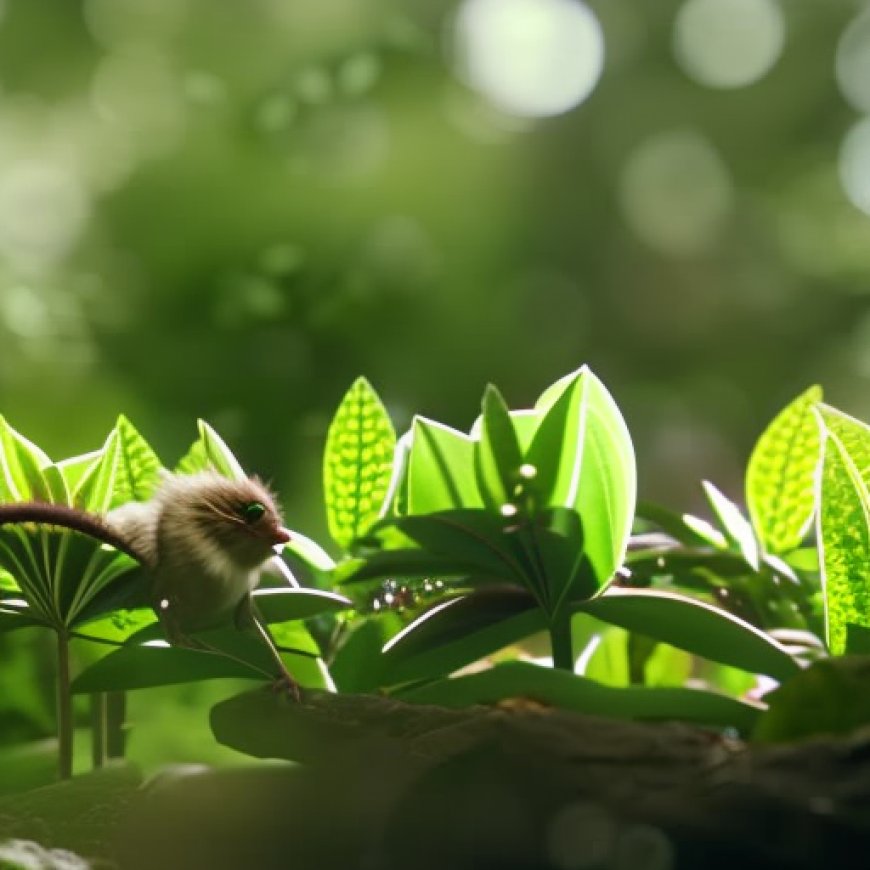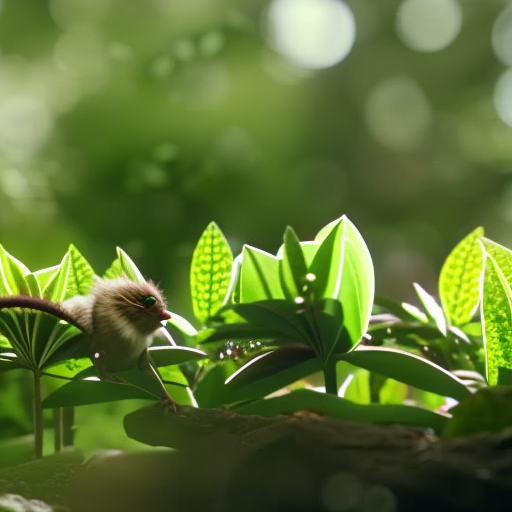Species diversity promotes ecosystem stability
Species diversity promotes ecosystem stability EurekAlert


Species diversity promotes ecosystem stability
Biodiversity loss may accelerate ecosystem destabilization
What maintains stability within an ecosystem and prevents a single best competitor from displacing other species from a community? Does ecosystem stability depend upon the presence of a wide variety of species, as early ecologists believed, or does diversity do the exact opposite, and lead to instability, as modern theory predicts?
Resolving a long-standing debate among ecologists
A new study from McGill University and the Max Planck Institute and published recently in Science suggests an answer to this question that has been a subject of debate among ecologists for half a century.
The researchers approached the question of population growth using a model that, so far, had not been used in this context – though it aligns with conventional wisdom and the way that people have traditionally modelled individual growth (from birth to maturity).
The researchers used data about population abundance, growth and biomass from a variety of species – including insects, fish and mammals – from across the globe, collected over the past 60 years. Their results, based on extensive analysis, suggests that, contrary to contemporary ecological theory, species diversity leads to ecosystem stability, as early ecologists had believed.
Growth in populations slows with density
“While nearly all prior theory assumes that populations grow exponentially, there is growing evidence that species actually follow a slightly different course, one in which exponential growth continuously slows down. It’s a bit like the law of diminishing returns in economics.” says Ian Hatton, a research associate in the Department of Earth and Planetary Sciences, at McGill University and the corresponding author on the paper.
“What’s amazing is that such a small difference in population growth can have such a large effect on community interactions, completely reversing the predictions from decades of theory.”
Dangers of disturbing the balance
Their findings raise alarming questions about the potential large-scale impacts of biodiversity loss.
“This research is becoming increasingly urgent given the current rates of species extinction and loss of biodiversity,” says Hatton. “In addition to better aligning theory with data, the model makes an unsettling prediction: losses in biodiversity can further destabilize an ecosystem and prevent them from recovering after a disturbance.”
The study:
“Diversity begets stability: sublinear growth and competitive coexistence across ecosystems” by I. Hatton et al was published in Science
Journal
- Science
Method of Research
- Meta-analysis
Subject of Research
- Animals
Article Title
- Diversity begets stability: sublinear growth and competitive coexistence across ecosystems
Article Publication Date
- 15-Mar-2024
Disclaimer:
AAAS and EurekAlert! are not responsible for the accuracy of news releases posted to EurekAlert! by contributing institutions or for the use of any information through the EurekAlert system.
SDGs, Targets, and Indicators Analysis
1. Which SDGs are addressed or connected to the issues highlighted in the article?
- SDG 15: Life on Land
The article discusses the importance of species diversity in maintaining ecosystem stability. This aligns with SDG 15, which aims to protect, restore, and promote sustainable use of terrestrial ecosystems, sustainably manage forests, combat desertification, halt and reverse land degradation, and halt biodiversity loss.
2. What specific targets under those SDGs can be identified based on the article’s content?
- Target 15.1: By 2020, ensure the conservation, restoration, and sustainable use of terrestrial and inland freshwater ecosystems and their services, in particular forests, wetlands, mountains, and drylands, in line with obligations under international agreements.
- Target 15.5: Take urgent and significant action to reduce the degradation of natural habitats, halt the loss of biodiversity, and protect and prevent the extinction of threatened species.
The article emphasizes the importance of species diversity in maintaining ecosystem stability and preventing destabilization. This aligns with the targets of SDG 15 to ensure the conservation, restoration, and sustainable use of terrestrial ecosystems and to take urgent action to reduce the degradation of natural habitats and halt biodiversity loss.
3. Are there any indicators mentioned or implied in the article that can be used to measure progress towards the identified targets?
- Indicator 15.1.1: Forest area as a proportion of total land area
- Indicator 15.5.1: Red List Index
The article does not explicitly mention any indicators, but the concepts discussed can be measured using existing indicators. Indicator 15.1.1 measures the forest area as a proportion of total land area, which reflects the conservation and sustainable use of terrestrial ecosystems. Indicator 15.5.1 measures the Red List Index, which indicates the extinction risk of species and reflects efforts to protect and prevent the extinction of threatened species.
SDGs, Targets, and Indicators Table
| SDGs | Targets | Indicators |
|---|---|---|
| SDG 15: Life on Land | Target 15.1: By 2020, ensure the conservation, restoration, and sustainable use of terrestrial and inland freshwater ecosystems and their services, in particular forests, wetlands, mountains, and drylands, in line with obligations under international agreements. | Indicator 15.1.1: Forest area as a proportion of total land area |
| SDG 15: Life on Land | Target 15.5: Take urgent and significant action to reduce the degradation of natural habitats, halt the loss of biodiversity, and protect and prevent the extinction of threatened species. | Indicator 15.5.1: Red List Index |
Behold! This splendid article springs forth from the wellspring of knowledge, shaped by a wondrous proprietary AI technology that delved into a vast ocean of data, illuminating the path towards the Sustainable Development Goals. Remember that all rights are reserved by SDG Investors LLC, empowering us to champion progress together.
Source: eurekalert.org

Join us, as fellow seekers of change, on a transformative journey at https://sdgtalks.ai/welcome, where you can become a member and actively contribute to shaping a brighter future.







